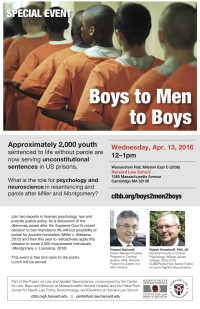By Danielle M. Moskow, Jean Addington, Carrie E. Bearden, Kristin S. Cadenhead, Barbara A. Cornblatt, Robert Heinssen, Daniel H. Mathalon, Thomas H. McGlashan, Diana O. Perkins, Larry J. Seidman, Ming T. Tsuang, Tyrone D. Cannon, Scott W. Woods, and Elaine F. Walker | Schizophrenia Research | February 20, 2016
Abstract:
Background
Prodromal syndromes often begin in adolescence — a period of neurodevelopmental changes and heightened stress sensitivity. Research has shown elevated stress and cortisol in individuals at clinical high risk (CHR) for psychosis. This cross-sectional study examined relations of age and pubertal status with cortisol and self-reported stress in healthy controls (HCs) and CHR adolescents. It was hypothesized that the relations of age and pubertal stage with cortisol and stress would be more pronounced in CHR youth.
Methods
Participants were 93 HCs and 348 CHR adolescents from the North American Prodrome Longitudinal Study (NAPLS). At baseline, measures of stress (Daily Stress Inventory — DSI), Tanner stage (TS), and salivary cortisol were obtained.
Results
ANCOVA revealed increased DSI scores with age for both groups, and higher DSI scores in CHR adolescents than HCs, with a more pronounced difference for females. Contrary to prediction, with age controlled, HCs showed greater TS-related DSI increases. Analysis of cortisol showed no significant interactions, but a main effect of age and a trend toward higher cortisol in the CHR group. Correlations of cortisol with TS were higher in HC than CHR group.
Conclusions
Stress measures increased with age in HC and CHR adolescents, and DSI scores also increased with TS in HCs. The results do not support a more pronounced age or TS increase in stress measures in CHR adolescents, but instead suggest that stress indices tend to be elevated earlier in adolescence in the CHR group. Potential determinants of findings and future directions are discussed.
Read the full paper here.





